A Maimonides in Monsey
Moses Maimonides’s only son Abraham was born in 1186, when his father was about 48 years old. In a letter, Maimonides speaks with pride of his son’s keen intellect, and when he died, Abraham Maimonides succeeded him as nagid, or leader,of Egyptian Jewry at the age of nineteen. Although he was a distinguished scholar in his own right, today Abraham is largely remembered for two things: his fervent defense of his father’s religious rationalism during the thirteenth-century Maimonidean Controversy and his adoption of ascetic spiritual practices from the Sufis, which he believed had ultimately biblical origins. “Do not regard as unseemly our comparison to that of the behavior of the Sufis,” he wrote, “for the latter imitate our prophets [of Israel] and walk in their footstep, not the prophets in theirs.”
Abraham’s relative obscurity is understandable. As Ben Jonson once wrote, “Greatness of name in the father . . . oft-times overwhelms the son; they stand too near one another. The shadow kills the growth.” Yet, at least in some Jewish scholarly circles, his work is being read once again with interest it has perhaps not received since his lifetime, thanks to a new annotated Hebrew translation of his Commentary on the Torah, which he wrote (in Judeo-Arabic) in the last years of his life.
Although he intended to write a commentary on the entire Torah, Abraham was only able to cover Genesis and Exodus (and only in rough, somewhat unedited form) before he passed away in 1237. The autograph manuscript was then handed down from father to son for the next 150 years, during which successive descendants of Maimonides would inherit the title of nagid and, along with it, the leadership of Egyptian Jewry. In 1352, a copy of what seems to have been the original manuscript (by then in the last stages of disrepair) was commissioned by the man who would turn out to be the last of the Maimonidean nagidim. Not long after David Maimonides left his position in Egypt and moved to Aleppo, he began the work of copying, proofing, and editing the manuscript himself. The resulting copy was to remain in Syria until about the year 1680, when it and other manuscripts, including Maimonides’s commentary to the Mishnah, were purchased by Robert Huntington, the chaplain of a British trading firm. Huntington later turned over his collection to Oxford University, where it still resides.
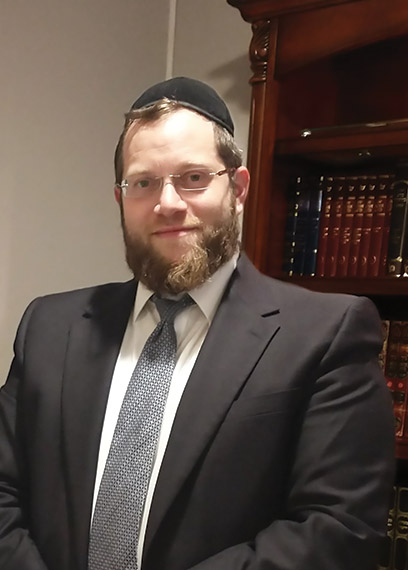
The first printed edition of Abraham’s biblical commentary was financed by Solomon David Sassoon, heir to the famed oriental commercial magnate David Sassoon. The result was a complete Hebrew translation, prepared by Ephraim (Ernst) Wiesenberg and published in 1958. Though undoubtedly a major work of scholarship, Wiesenberg’s edition never achieved the impact it deserved. A limited print run, head-scratching organization, and difficult linguistic choices conspired to prevent it from reaching anyone beyond a very small circle of scholars. However, a lucid new edition and commentary has recently been published in Lakewood, New Jersey, the yeshiva capital of the diaspora, by a scholar named Moshe Maimon. Maimon, who claims direct descent from his namesake, Abraham’s father, signs his name with a prominent Samech-Tet, meaning Sefardi Tahor (pure Sephardi), and is intent on redeeming the glory of his putative ancestor’s work. His two volumes contain between them nearly fifteen hundred punctuated and cleanly laid-out pages; they also include a detailed introduction describing the history of the manuscript, Abraham’s agenda as an interpreter, and an interpretive essay setting the commentary within the broader world of Maimonidean scholarship.
These books, along with a companion volume translating another work by Abraham, have also created something of their own contemporary Maimonidean controversy within the American yeshiva world in which Maimon lives and works.
In his biblical commentary, Abraham builds on themes scattered throughout his father’s Guide of the Perplexed. For instance, Maimonides argued that Jacob’s struggle with the angel could only have occurred in a dream. Moses Nachmanides, among others, rejected the forced rationalism of this interpretation, pointing out that the biblical text clearly describes Jacob limping from the injury inflicted by the angel. On behalf of his father, Abraham replies:
Do not wonder how it is possible that physical injury could result from an imaginary experience, as it is common for someone to dream of an arduous voyage, and then to awake feeling weary. Sometimes, a person experiencing a nightmare will perceive being beaten, and then wake up feeling the trauma of the beating. This occurs because of the strong physiological effect the imagination has upon the body. If this is true of a common dream, how much more so should we expect it concerning the prophetic dream experienced by Jacob.
In a similar spirit, Abraham argues that Joseph’s claim to have used his goblet for purposes of divination (Genesis 44:5) could only have been a clever ruse to trick his brothers into accepting him as a genuine Egyptian since they would never suspect a believer in divination could be their brother.
This rationalist bent is also on display in Exodus, where, for example, Abraham discusses the mysterious Urim ve-Tumim on the High Priest’s breastplate. The Talmud describes the stones as being lettered and protruding in response to questions, thus spelling out the answers. Abraham suggests that the stones did not actually move but only appeared to do so to the High Priest, who was in a semiprophetic trance. Similarly (although Moshe Maimon himself disputes this reading in a footnote), Abraham seems to suggest that the plagues of pestilence and lice, traditionally understood as supernatural events, may have simply been the natural result from the piles of dead rotting frogs described in Exodus 8:10.
Here and elsewhere, Abraham ignores more traditional rabbinic interpretations on the way to his rationalist conclusions. Yet, as he stresses time and again, midrashic interpretations were never intended to be taken as authoritatively true, and the correct meaning of the scriptures must always be found within the plain sense of the words, guided by reason. In his commentary, Moshe Maimon patiently demonstrates that, although such an approach is now rare in the yeshiva world, Abraham was following his father’s footsteps within the long rationalist Andalusian tradition of biblical commentary.
Abraham is also, as far as I know, unique among all medieval commentators in taking the position that figures like Esau and Ishmael, or Dathan and Abiram, vilified throughout the length and breadth of rabbinic literature, were not in reality nearly as wicked as they had been portrayed. (As far as I am aware, this approach was not followed again until the writings of the ethical mussar movement in the nineteenth century.) As Moshe Maimon explains, it was the model provided by the elder Maimonides that allowed Abraham to divorce the midrashic portrayal from the plain biblical narrative.
It is in the footnotes, however, where Maimon really shines. In a wonderful Hebrew style that is both thoroughly modern and suffused with tradition and classical quotation, Maimon provides thousands of illuminating comments and insights. Basic sources, of course, are provided, but Maimon goes much further, comparing and contrasting the opinions of rabbinic scholars both from Abraham’s milieu and of later periods. Points of grammar are properly explained. And comments from Maimon’s contemporaries in the “Yeshivesheh Velt” are also featured, a decidedly nice touch. It is this last feature that gives Maimon’s volumes particular distinction in a fascinating new scholarly genre.
While defending his late father against charges of rationalist heresy during the Maimonidean Controversy, Abraham wrote an interesting essay called Ma’amar al ha-drashot ve-al ha-aggadot (Essay on Rabbinic Lore), and Moshe Maimon has recently republished it separately as a kind of methodological companion to the commentary on Genesis and Exodus. In this work, which Abraham tells us was designed to take the place of an essay his father had at one time envisioned writing, he argues that aggada must not be taken literally, since to do so would be to suggest that the Rabbis were less than rational.
Aggada, Abraham insists, must pass through the crucible of reason and often should be read as allegory. Thus, for instance, when the Talmud describes a kind of celestial circle dance in heaven with God in the middle, it is just an allegory of the divine closeness in store for the righteous. (Maimon explains in a footnote that a circle, a shape with no beginning or end points, was chosen to represent the concept of infinity.) Even more radically, Abraham also claimed that the non-legal discussions in the Talmud were not prima facie authoritative.
This last claim turns out to be as controversial in some quarters in the twenty-first century as it was in the thirteenth. Some have sought to mitigate the threat by casting Abraham’s position as a marginal view of little influence in rabbinic thought. Others have taken the age-old approach of declaring the offending passage a forgery. This latter argument has been adopted by, among others, Rabbi Moshe Meiselman, a well-known rosh yeshiva in Israel, a nephew of Rabbi Joseph B. Soloveitchik who graduated from Harvard and holds a PhD in mathematics from M.I.T. In his commentary to Abraham’s essay, Moshe Maimon decisively dispenses with any such claims of forgery, demonstrating how the essay fits within the oeuvre of Maimonides and his son. Nevertheless, within the yeshiva world in which Maimon lives and works, this view remains controversial.
Moshe Maimon was partly inspired to work on Abraham Maimonides’s biblical commentary by the advances in genizaresearch since Wiesenberg’s editio princeps of 1958. Hitherto little-known geonicsources regularly cited by Abraham, such as works by Saadia and Shmuel bar Chofni Gaon, have become available. Likewise, most of Abraham’s own writings have now come to light, and Maimon makes ample use of all these resources, both in print and in manuscript, to demonstrate both the context and originality of Abraham’s work. It was from the geniza that the aforementioned letter of Maimonides praising his son was unearthed.
Particularly interesting in this regard is the Friedberg Geniza project, funded by financier and bibliophile Albert Dov Friedberg of Toronto, which Maimon used to locate and cross-reference obscure source material and, more importantly, to revise the often inaccurate translations found throughout the first edition. Thus, while the translation reuses the 1958 Wiesenberg edition, hundreds of words and passages were retranslated by Maimon using these new resources. (Friedberg, among others, is also a patron of the new edition and is acknowledged in traditional fashion with a dedication page.)
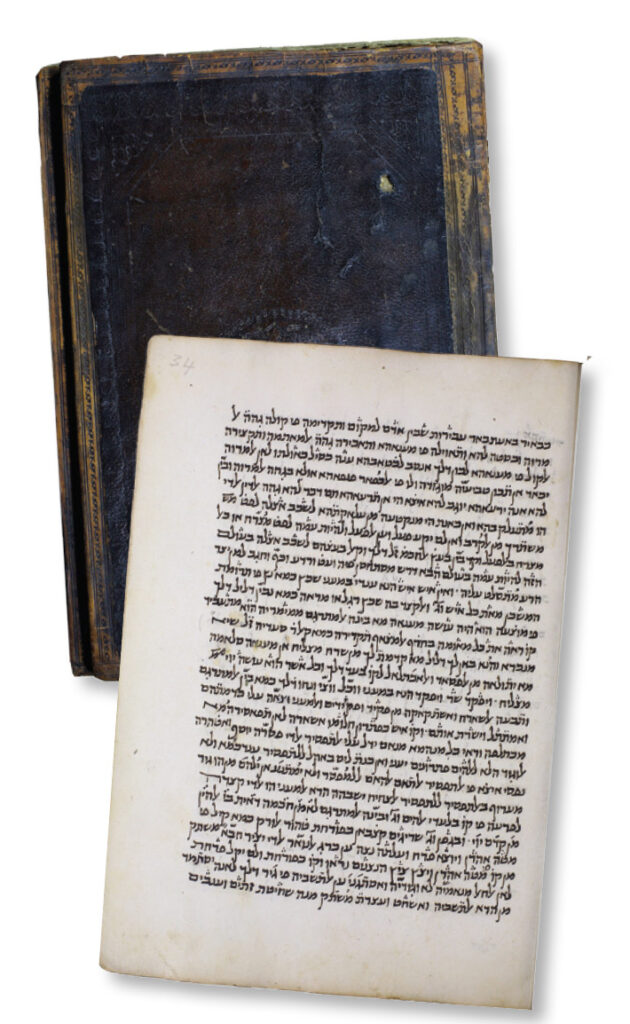
Maimon’s volume is representative of an interesting shift in rabbinic scholarship. It wasn’t so long ago that a book like Maimon’s might have been published by The JTS-Schocken Institute for Jewish Research or Hebrew Union College. Today, though, while not entirely non-existent, it is rare to see a rabbinic work from a manuscript brought out by anything other than an Orthodox publisher, staffed by yeshiva graduates. The floor seems to have been ceded to places like Machon Ofek in Cleveland, headed by Rabbi Abraham Shoshana, or organizations in Israel that publish yeshiva-trained scholars like Maimon (though Maimon himself has essentially self-published these volumes). Where have you gone, Saul Lieberman?
Some may see this development as simply a footnote in the ongoing story of Orthodox growth. But it is probably more attributable to the leveled playing field brought about by the Internet. Long gone are the days when a young and unknown Moritz Steinschneider was refused permission to study the Hebrew collection of the imperial library in Vienna. Thanks to resources such as JSTOR, academic credentials are no longer needed to access the major university libraries of the world. Similarly, while at one time scholars required sponsorship merely to be able to study a geniza fragment, the Friedberg website has now made the geniza’s treasures available to anyone with an Internet connection.
And, though Moshe Maimon may be a descendant of Maimonides and “pure Sephardi,” he is, in a sense, just anyone—a typical graduate of the yeshiva world, at least in some ways. As he described himself in a recent podcast, his family came from Turkey to Seattle, where both his grandfather and great-grandfather served as the rabbi of the Turkish community. Yet he himself was born and raised in Monsey and went to typical Ashkenazi day schools and yeshivas. He then moved to Lakewood, the aforementioned intellectual capital of the American yeshiva world, where he presently resides, while commuting back to Monsey, where he works as an eleventh-grade Talmud rebbe. And yet, from this ordinary schoolteacher now come works of scholarship on a philological par with anything being produced by full-time professors and scholars (to the extent that they still produce such work). Indeed, the podcast on which he appeared, Seforim Chatter, which regularly features guests such as Professors Eve Krakowski of Princeton and Adam Teller of Brown, is itself hosted by a Lakewood yeshiva product named Nachi Weinstein.
All of this is cause for reflection, and, once again, Moses Maimonides himself provides the stimulus. For in the closing lines of the Mishneh Torah, Maimonides shares his messianic dream. It is a vision of some far-off future time when the masses of the Jewish people “will all become great sages, understanding hidden matters, grasping the knowledge of their Creator to the full reach of human potential, as the prophet foresaw, ‘The world will be filled with the knowledge of God as the waters cover the ocean bed.’” One wonders what they would have thought, father or son, had they lived to see this brave new world of scholarship.
Suggested Reading
Thoroughly Modern Maimonides?
Three recent books elucidate what, if anything, Maimonides has to say to us today.
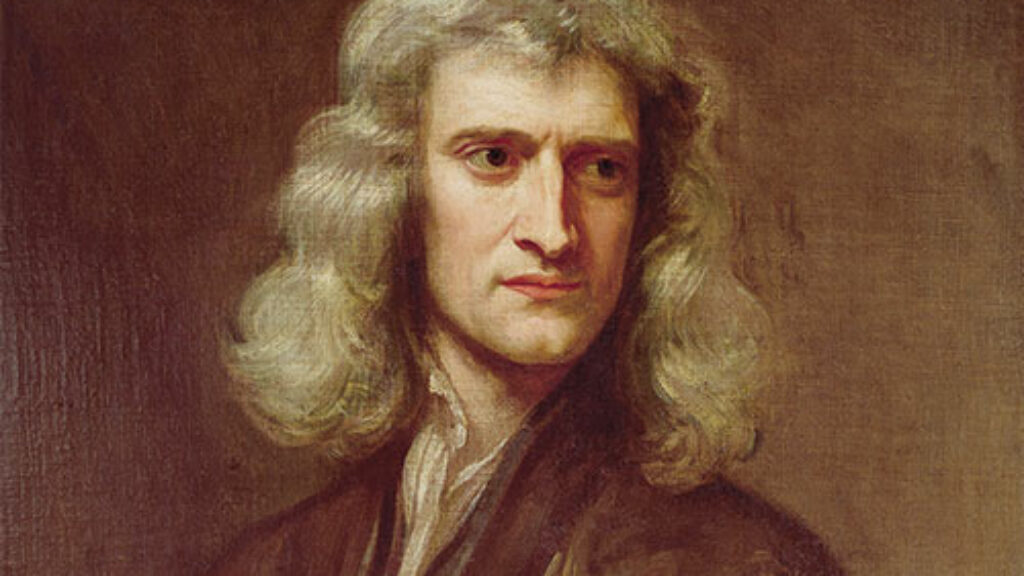
Maimonides, Stonehenge, and Newton’s Obsessions
It takes a bit of a genius to successfully study a genius, and in this case one must first master the millions of words Isaac Newton wrote about natural theology, doctrine, prophecy, and church history.
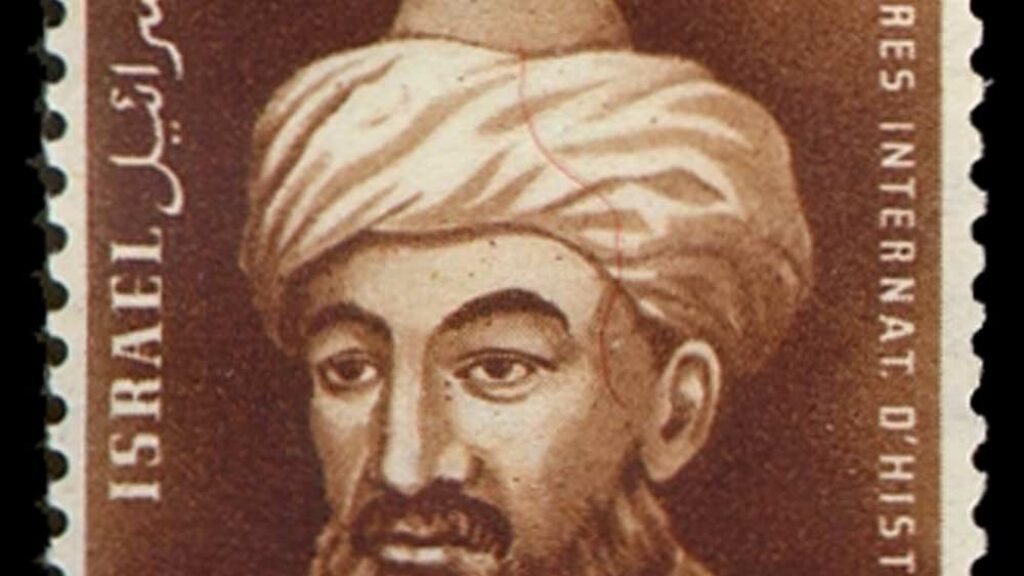
Maimonides and Medinat Yisrael
Moses Maimonides may have left the Land of Israel for Egypt, but his thoughts on the messianic future are still relevant to the modern Zionist project.
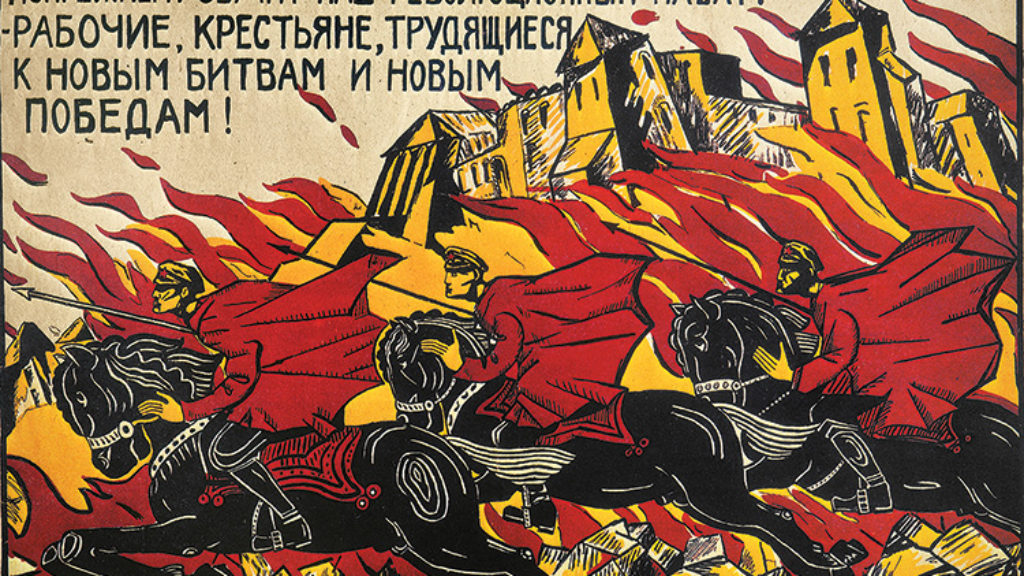
Lenin and Maimonides
Lenin and Maimonides, Communist leaflets and Hebrew verse: What could be more different, in language, in sensibility, in world view?
Comments
You must log in to comment Log In